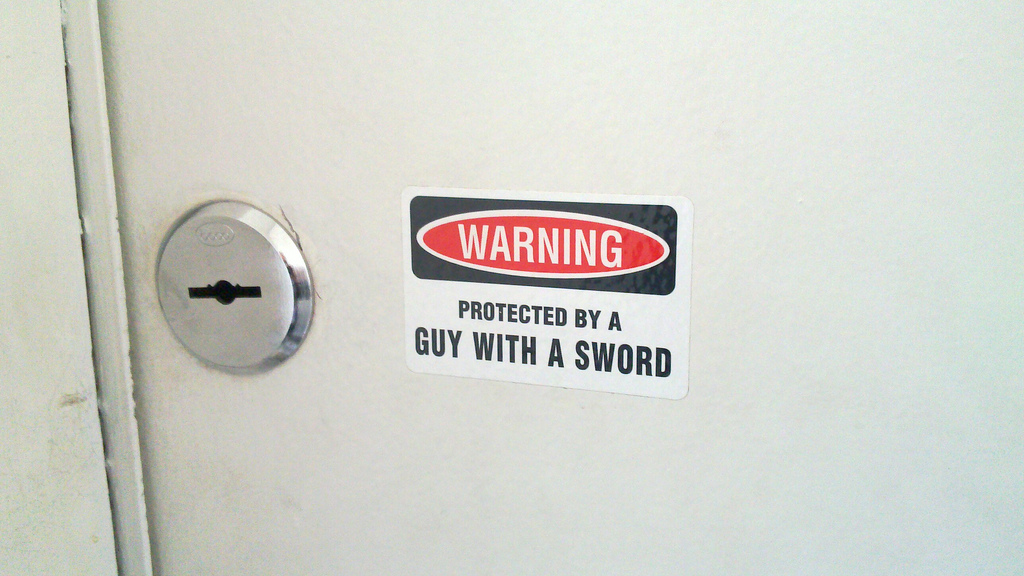I’ve recently been thinking about Wireless Security, and the way it relates to ‘public access points’. It seems to me that it’s very difficult for us to avoid public networks altogether (whether we’re at a hotel, a coffee shop, or really anywhere else). Sometimes, we really need to connect, even if we have some burning desire to avoid all public networks.
I’ve seen all sorts of recommendations on how to ‘solve’ this, usually involving ‘securing’ the network with encryption. This sounds good, since some encryption is better than none, right? Even if you make the password public, by writing it on the wall or putting it in the network’s name, you’re still ‘securing’ the network, right?
Unfortunately, even for ‘secure’ Wi-Fi, we’re most often still using what’s called a PSK (a Pre-Shared Key). The problem is, it’s just that – it’s a key that everyone using the network shares. That means that the guy in the corner on the same network, even though you’re both using ‘secure’ Wi-Fi, can still decrypt everything you send. PSK’s provide no additional security over an open network, except that the attacker at least has to know that key.
The only exception to this is WPA-Enterprise, which is normally used as just that, an enterprise connection. It requires quite a bit of setup, and it’s far too painful for most of us to mess with. Not only that, but it really makes it difficult to have an ‘open’ network.
So, with all that said, what can we actually do to be secure on public Wi-Fi? Truthfully, the best thing we can actually do right now is use HTTPS everywhere. While it’s been trivial to create a secure connection between two individuals for quite some time, the difficulty lies in verifying that the person/system that you’re connecting to is in fact who they say they are, and not some Man in the Middle.
With HTTPS, this is handled through the creation and verification of SSL certificates by Certificate Authorities, who verify the ownership of certain keys, so that you can be sure that when you go to https://google.com, you’re actually communicating with Google, not someone else.
But with wireless networks, this would be much harder. Short of requiring every public network owner to submit themselves to some method of verification that was then publicly shared with everyone, it’s actually impossible to do so.
Truthfully, I wish I had something better to say. But unfortunately, the best course of action for public networks is to get every website to use HTTPS – even though it doesn’t protect everything, it’s the best we’ve got. So get out there and get your certificates!
Of course, you can always use a VPN, which will give you better security, at the expense of some speed and whatever subscription cost you have.

Leave a Reply